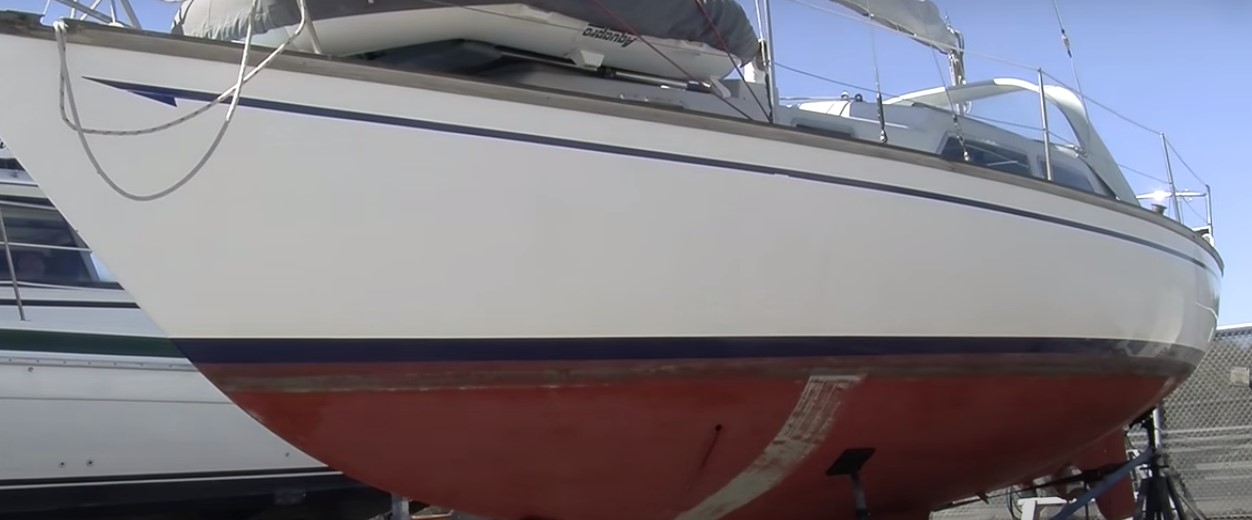As a professional yacht delivery captain, I am often amazed by the boats I am asked to sail across the oceans. In the past three weeks alone, I have been approached by boat owners to deliver numerous boats offshore that I wouldn’t confidently sail to the far end of the bay, let alone across the ocean.
Early last week, I was asked to deliver a floating condo across the Pacific from Seattle to Hawaii. I don’t mean a boat with lots of space – I mean an actual, two story floating house, built on a floating dock, complete with a jacuzzi, outdoor fire pit, and mini golf course on the aft deck! With no engine or propulsion of any kind, I’m not sure how they thought we would get there – perhaps by way of the ocean currents.
A couple days later I got a mysterious phone call from a customer in Manila who had just bought an old shrimping boat for an amazing low price in Louisiana. He wanted me to deliver it out to the Philippines. The ship was built in 1912 using expensive teak from Brazil and Burma, and had plenty of space to be repurposed as a large charter vessel. The only problem? It had already sunk four times and had spent the majority of the past three years on the bottom of the Mississippi River. Apparently the buyer didn’t see the fact that the boat kept sinking as a red flag.
After two seconds of careful consideration, I had to turn him down.
Delivery captains can deliver all kinds of boats across the world, but it’s very important to first make sure the vessel is ready to take on the open ocean. I wrote this article with this in mind – to lay out exactly how I prepare vessels for an offshore delivery for someone contemplating a similar trip.
In the following sections, I will cover every aspect of vessel preparation, from inspecting the thru-hulls to testing the engine, and much more.
This guide was designed with offshore deliveries in mind where the vessel will be taken over 100 nautical miles from the coast. In the case of a coastal delivery, I use most of the same precautions, simply leaving out items that aren’t necessary for shorter voyages. Of course, it’s always best to err on the side of caution when it comes to the open ocean. If you aren’t sure if you need something like a liferaft for the voyage, then you probably should have it onboard. Even for a short coastal sail, it won’t do you any harm.
Finally, while this article was written for those preparing for a professional yacht delivery, the same guidelines apply for people preparing to complete their first offshore passage themselves. If you are getting ready to make a blue water cruise for the first time on your own vessel, feel free to use this article to help you prepare for the voyage.
A Seaworthy Ship – The Hull, Keel and Deck
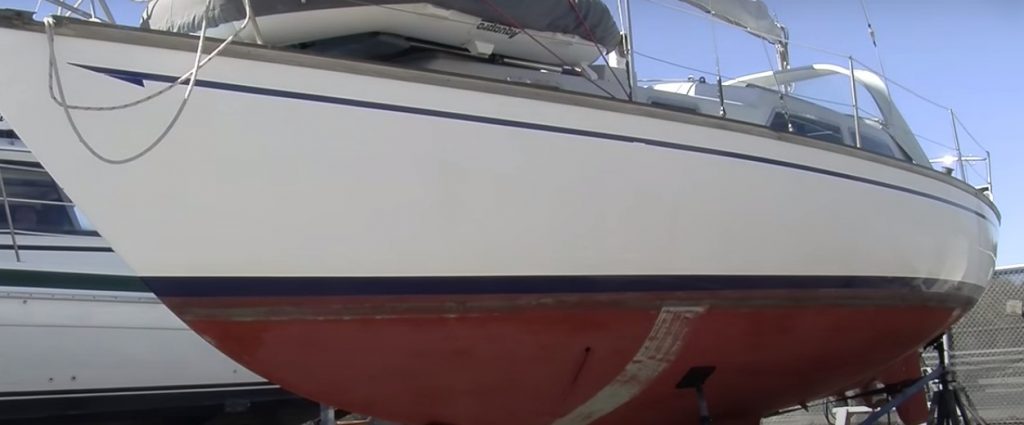
Before accepting any yacht delivery job, I first go over the entire vessel from the bottom of the keel to the top of the mast to make sure that she is ready for the high stress environment of the open sea. I start by carefully going over the primary structure of the boat – the hull, deck and topsides. As I inspect the vessel for any potential weakness, it’s helpful to imagine how she would respond to the ocean at its worst.
After carefully going over the hull, I move on to the hull-deck joint – a common area for weakness – and check for any leaks or soft spots. Walk over the entire deck and make sure that it doesn’t flex under your feet. If you are at a marina, it can be a good idea to spray the entire boat over with a hose and then check down below to see if water gets in. No part of the vessel will escape getting wet the first time the wind hits 30 knots offshore.
Don’t forget to check all the hatches and portholes for leaks and to make sure they are strong enough to survive a breaking wave. Don’t underestimate the strength of water – after many gales at sea, I believe the ideal vessel for the open ocean would have bulletproof glass or lexan windows.
Those new dark tinted windows may look great while cruising around the harbor, but the delivery captain will be more concerned with determining how they would hold up when they are pounded by thirty foot waves a thousand miles from any port.
If the vessel is a sailboat, don’t forget to check the base of the mast carefully for weakness or leaks. This is a common area for water to get in – potentially compromising the strength of the surrounding deck over time, especially if it was built using a cored construction.
One of the most important ietms to check before any delivery is the thru hulls. Prior to leaving port, make sure to inspect every one onboard. Open and close each one and make sure there are no signs of corrosion. If you haven’t already, tie a wooden bung that’s the right size to each thru hull. If the boat starts to take on water, the last thing you want to be doing is frantically searching the boat for something to stop the water.
Lastly, don’t forget to make a diagram of the vessel with the location of each thru hull. Go over it with every crew member who will be joining the delivery and put it in a place that is easily accessible in an emergency. If the boat starts to take on water from an unidentified source, this map will be the first thing to reach for. It could easily save your life.
The Belly of the Beast – The Engine
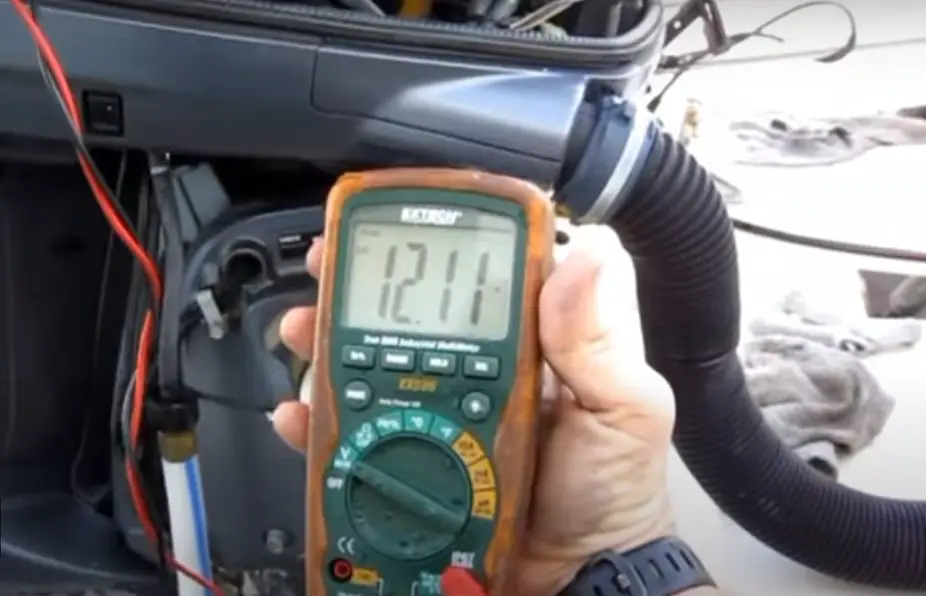
After the integrity of the hull, deck, and vessel superstructure itself, the next most important part of a modern day oceangoing vessel is the engine. Unfortunately, it’s also the most common thing to break down on the delivery – usually right at the moment that you need it the most.
The best thing that you can do with the engine to prepare for a delivery is hire a professional mechanic to go over the entire engine, including the alternator and the prop. Make sure to explain to the mechanic that the vessel will be going offshore. Have the mechanic fix any issues that come up and replace all the oil and fuel filters, change the oil, and put in new belts if necessary. Make sure that there are spare parts for all common issues, and don’t forget to carry plenty of extra oil.
After the mechanic has confirmed that the engine is in tip top shape, it’s time to get familiar with running it yourself. Practice starting and stopping the engine, and run it at varying speeds at the dock. Double check your dock lines, and then run the engine in forward and reverse gear. If a problem comes up, it’s much easier to deal with from the dock than out at sea.
If the engine passes all of those tests, then it’s time to take it out for the very first sea trial. I would recommend going on at least one long day sail prior to departure, but more time spent sea trialing is better.
Another important consideration before leaving on any long distance delivery is the fuel consumption and motoring range. I always make sure to bring along extra fuel in case we end up motoring more than expected. For the Hawaii – California route, I plan for a 1,000 nautical mile motoring range, and I have always finished the trip with extra fuel left over. If the onboard fuel capacity isn’t enough for the passage, I bring extra jerry jugs, or for larger vessels a collapsible fuel bladder to extend the range.
Ocean Tech – Navigation, Electronics and Communication
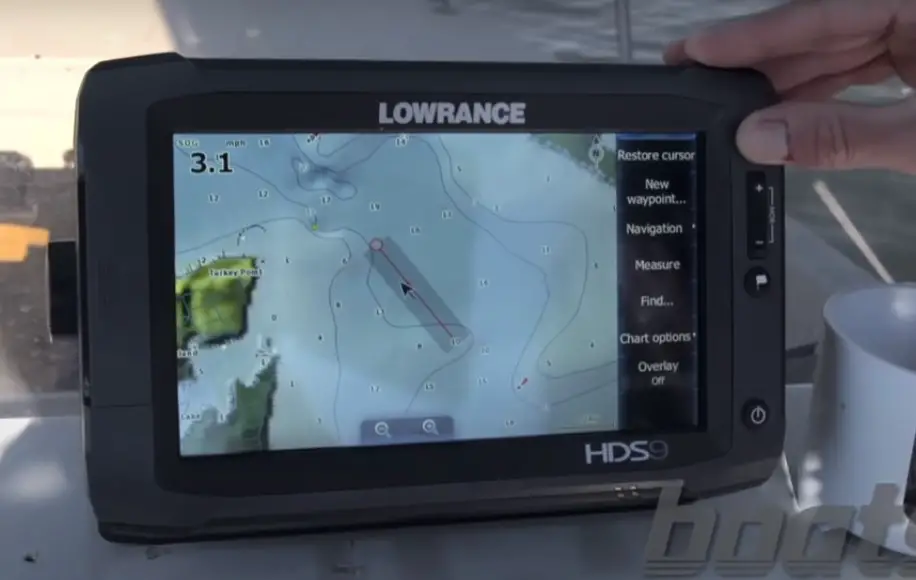
Another common item to malfunction in the highly corrosive marine environment is the onboard electronics. It’s critical to carefully go over the entire electrical system before departure and take note of any potential issues.
The heart of the onboard electronics is the battery bank and charging system. Any large liveaboard vessel should be equipped with at least two house batteries and a separate engine starting battery. Take a close look at all the batteries and don’t forget to check the water level (unless they are sealed) as well as the connections. Make sure that all the batteries are able to hold a decent charge, even when under load.
If the boat is connected to shore power, I like to disconnect from the grid and run all the onboard electronics just off the batteries for a day. Make sure that the starting battery has no issues getting the engine running, and think about alternative electricity sources in case the starting battery dies (like using the house batteries or an emergency charger).
Today, the best equipped offshore vessels use solar and wind power to keep the batteries charged. This saves money on fuel and means less wear on the engine or generator. Whatever system the boat uses to charge the batteries, make sure you have tested everything thoroughly before you leave.
Another important piece of equipment onboard is the vessel’s chartplotter. It’s a good idea to get familiar with the system, taking special care to check that the charts cover the entire route. Few sailors these days use paper charts, but I like to have them onboard as a backup, especially a large chart that covers the entire voyage to plot your daily position.
Thanks to new technology, it’s now possible to have an independent chartplotter on your phone. Prior to any delivery, I download navionics charts for the region that I will be sailing through. Having navigation software on your phone is great for a backup, but it also gives you the ability to to take the chartplotter with you as you move around the boat. For offshore passages away from cell reception, it’s important to have a phone that has an independent GPS receiver to obtain your position without a signal from cell towers.
In order to avoid collisions with other vessels, it’s a good idea to have an Automated Identification System (AIS) onboard. The AIS connects to the onboard VHF radio and GPS to receive signals from nearby large vessels. All the information about ships in your area is then sent to your chartplotter or phone – including the name, size, port of registry, last port of call and destination for all nearby vessels that are also equipped with an AIS transponder.
In order for your AIS system to work, you will also need to have a VHF radio onboard, which you can use to communicate with other boats, listen to weather forecasts, or make a distress call in an emergency.
Another extremely important piece of gear that you will want to test out prior to departure is the onboard self steering system. Ideally, the boat will have both a wind vane self steering system as well as an electric autopilot to back it up. You can use the windvane while under sail and switch to the electric autopilot for motoring.
No matter what self steering systems are onboard, the captain should have a plan in case it fails. It’s very common for an autopilot to break while under stress in rough weather. That’s why you should always have enough crew on the delivery to hand steer and still get enough rest in between watches. For an average sized cruising boat, I like to bring two extra crew members along with the captain.
Make sure that there are spares for any essential electronic equipment on the boat. Offshore delivery captains often use the phrase “one is none, two is one”, meaning you can expect gear to break. Redundancy is everything at sea, and I always bring along a spare handheld GPS, a tablet and phone equipped with navionics and charts of the area we will be sailing, a handheld VHF radio, and my Garmin Inreach satellite messenger. That way, even if the primary onboard electronics fail I have everything I need to get to port. I even take along a small portable solar panel and power bank so that I can charge essential items like the handheld VHF or my cell phone even if the primary power system fails.
Close to shore, it’s easy to stay in touch with family and receive weather information through your phone, but for offshore passages you will need something more to keep in touch. I use a Garmin Inreach satellite messenger to stay in contact away from land, and it has worked perfectly for many years. The device also has its own SOS function to call for help in case of an emergency, so it works as a great backup EPIRB as well.
Finally, make sure that there are manuals onboard for all the electronic systems, as well as spare parts to make repairs at sea. If you are prepared, you should be able to overcome any challenge that the ocean throws at you.
Preparing for Departure – the Adventure Continues!
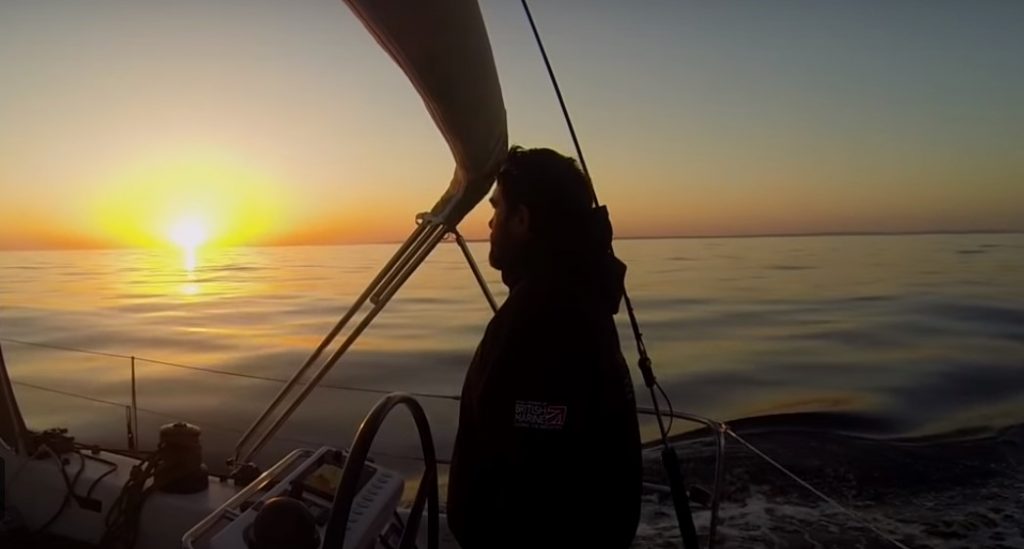
Getting ready for a long distance yacht delivery can be quite overwhelming at times. The pre-departure checklist can seem never ending, and missing just one small detail can potentially be catastrophic. That’s why it’s important to surround yourself with a great team and keep to a well written plan to get everything taken care of before casting off the dock lines.
That’s where SailAndProp.com is invaluable. By reading our yacht delivery guides and making sure to take care of all the items covered, you will be much better prepared for the voyage ahead.
Our guide to yacht delivery preparation continues with the next article in the series: “Offshore Yacht Deliveries – How to Prepare the Boat: Part Two”. In the final part in this series, we will cover essential equipment, safety gear, provisioning, the rig, and vessel documentation.
SailAndProp.com is the best source for up to date boating information on the internet. As you plan your next boating adventure, don’t forget to subscribe to our newsletter to get all the latest boating news and content sent right to your inbox!
For more information about yacht deliveries, make sure to read our comprehensive guide “The Ultimate Guide to Yacht Deliveries”.

